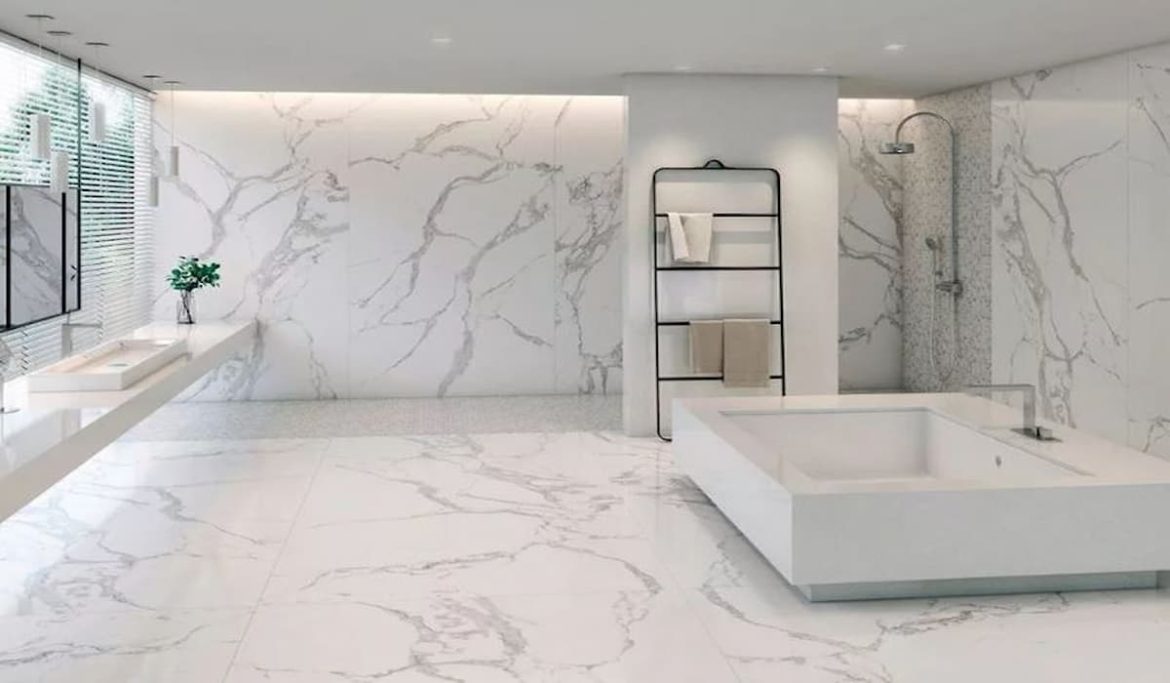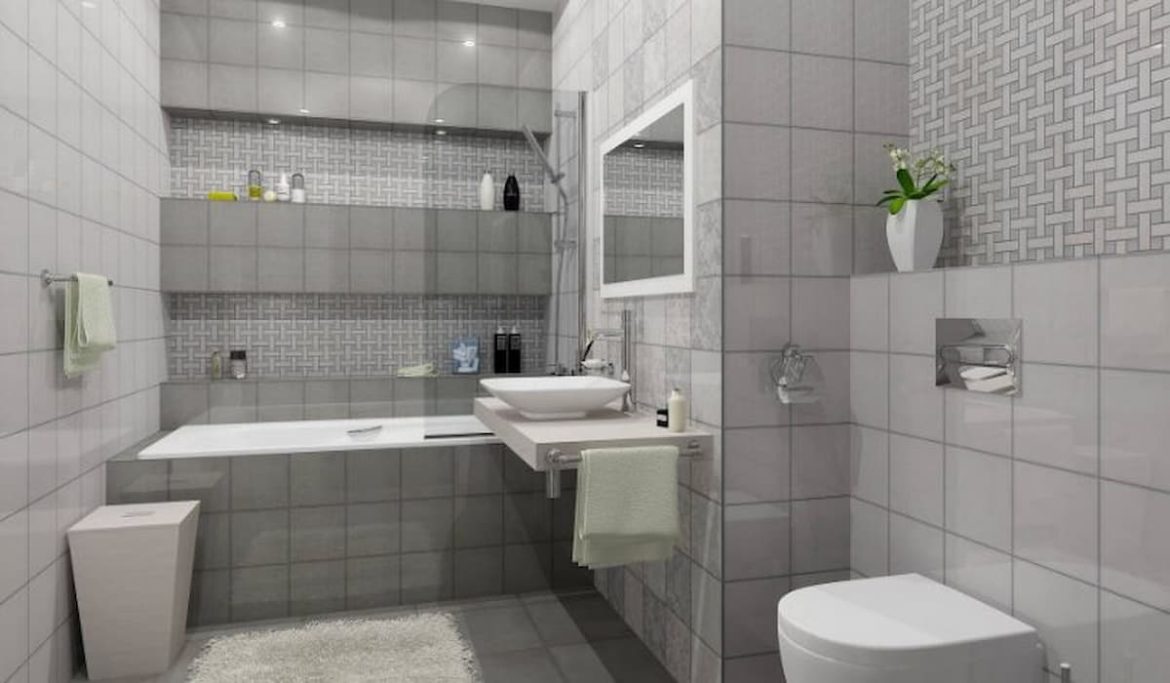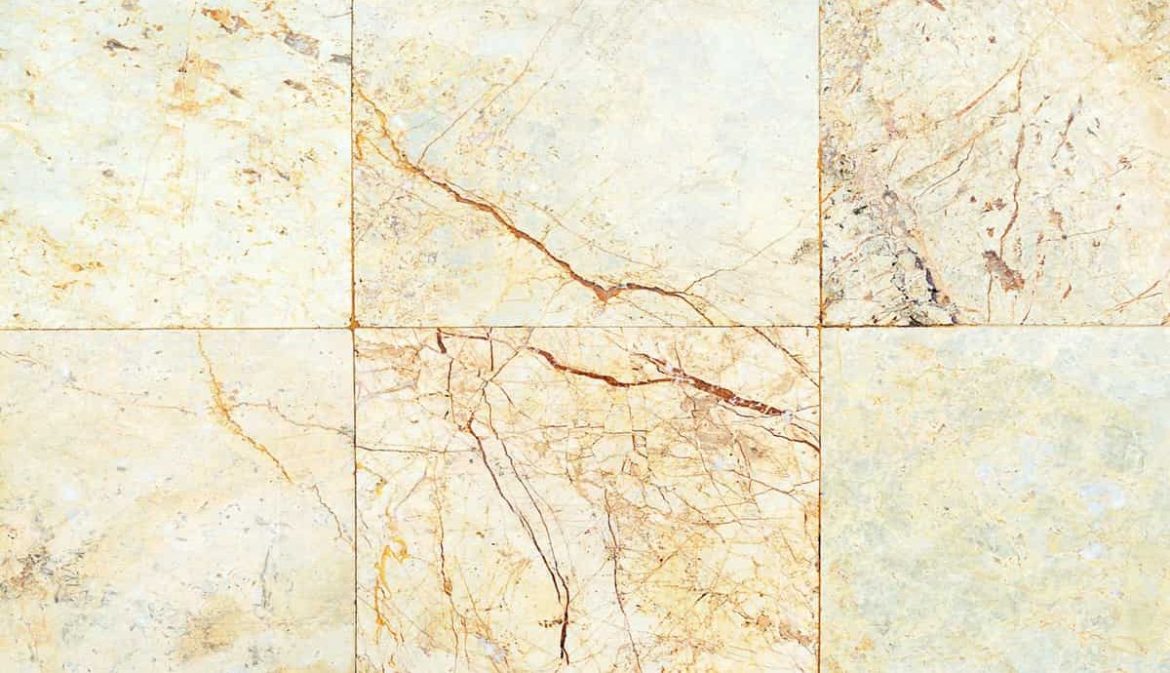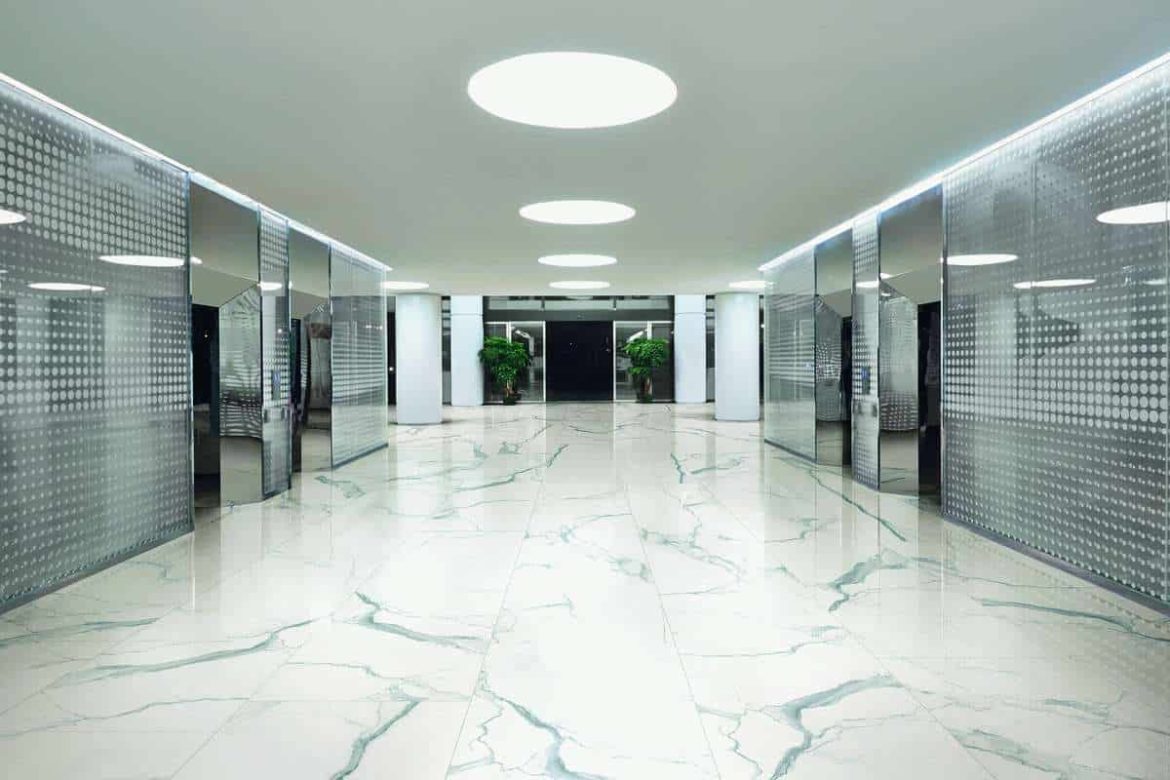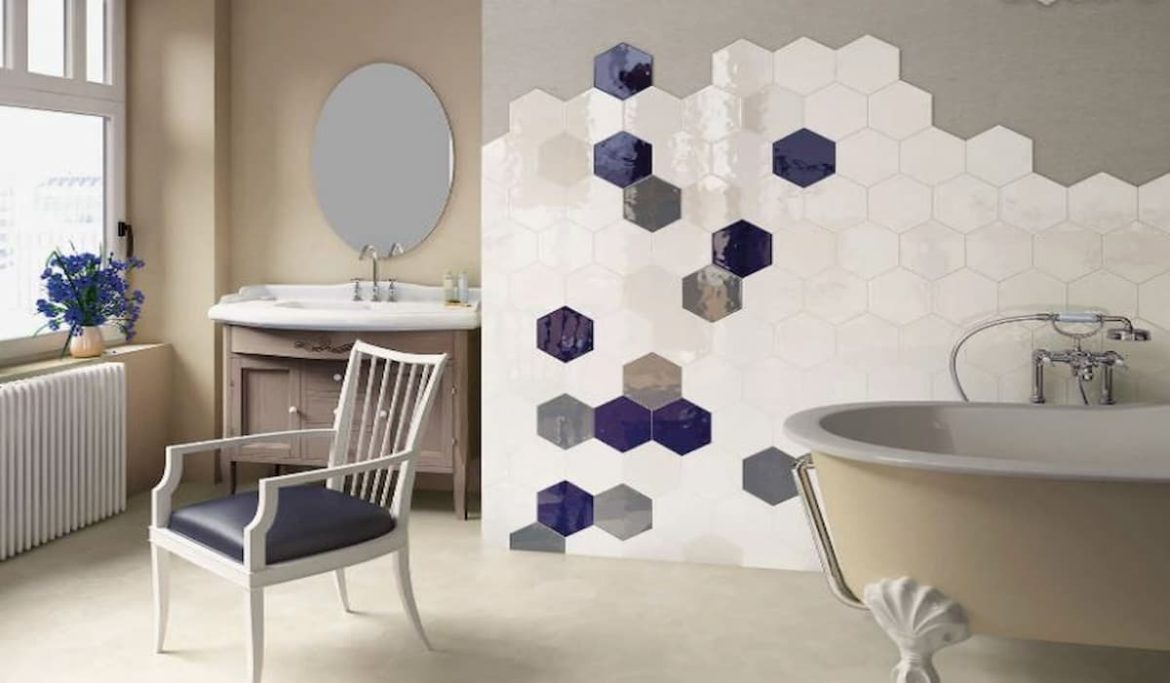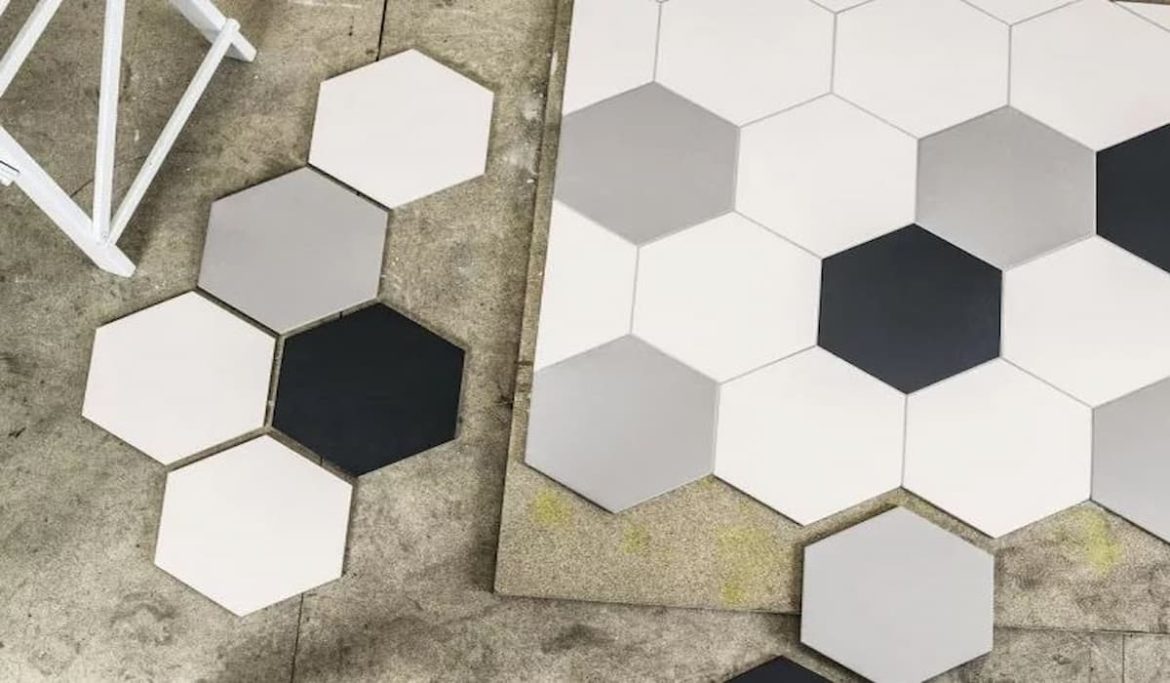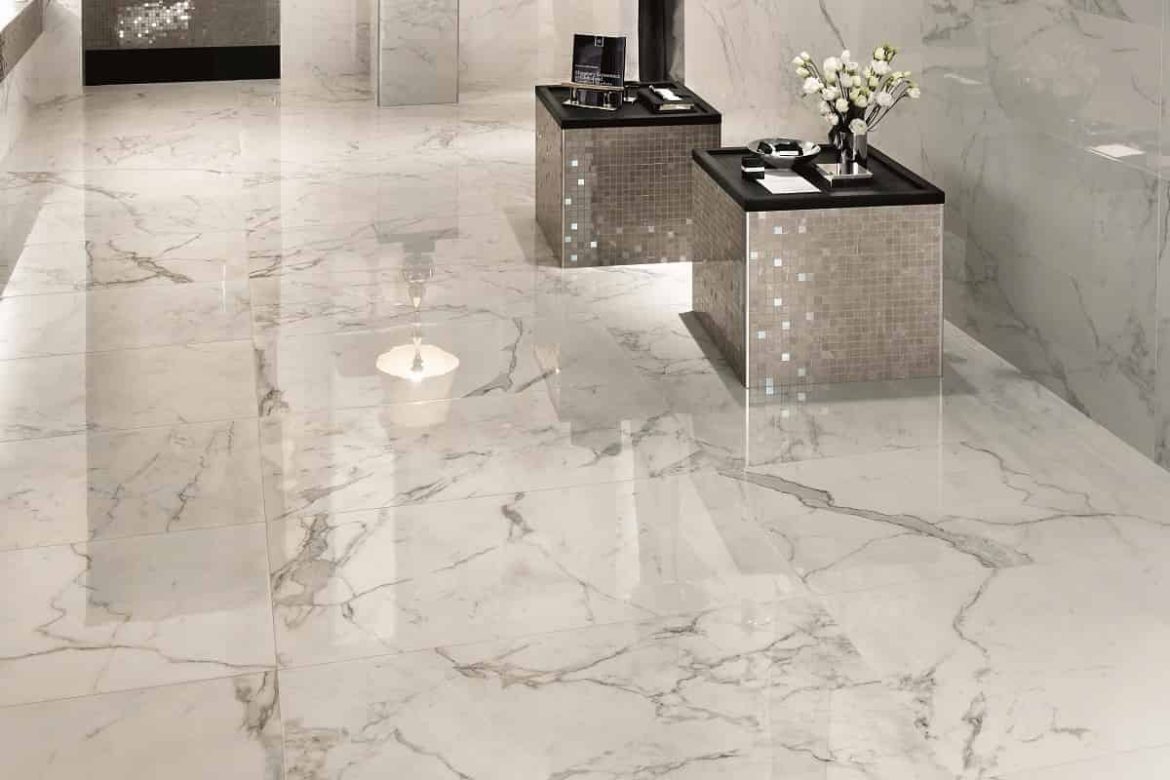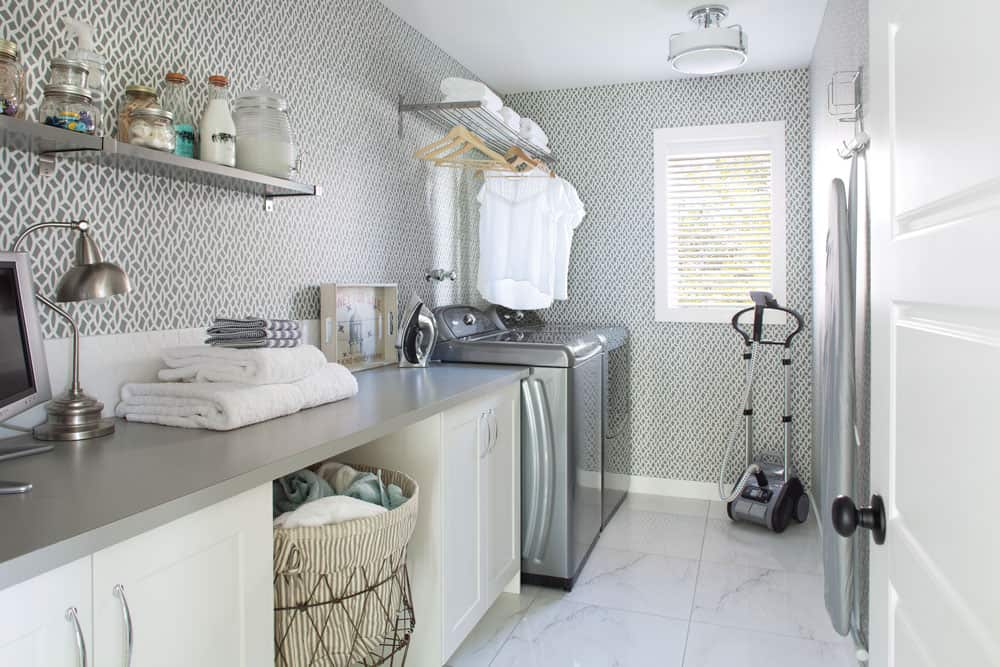Best decorative tiles for walls + Great Purchase Price
Few materials, even tiles, inspire inventiveness
Indoors and outdoors, decorative tiles provide durable surfaces for walls and are available in a range of sizes, shapes, colors, and materials
The Egyptians and Mesopotamians decorated their dwellings with blue tile bricks and glazed bricks, respectively, proving that tiles are among the first decorative arts
Because tiles are simple to clean, they are ideal for high-traffic areas as well as sites with moisture and dirt
Today, tiles are available in an extensive array of materials, applications, patterns, and styles
Wall tiles differ from floor tiles in that they are often not designed to sustain weight
Glazes that are unique and not designed to endure foot traffic are utilized in the creation of wall tiles
Similar to floor tiles, they are usually more lightweight and thin
Exclusively for architects, we have created a primer on wall tiles that tackles the principles of tile selection and specification
This book may be used as a resource to discover how tiles can be used in current designs, from materials and dimensions to ratings and maintenance
It is essential to understand the vast range of materials that may be utilized to produce tiles
However, there are numerous common types
As a durable material, tiles are created from ceramic, stone, metal, glass, or other types of clay
Lightweight materials, such as perlite or wood, may also be utilized, but this is less common
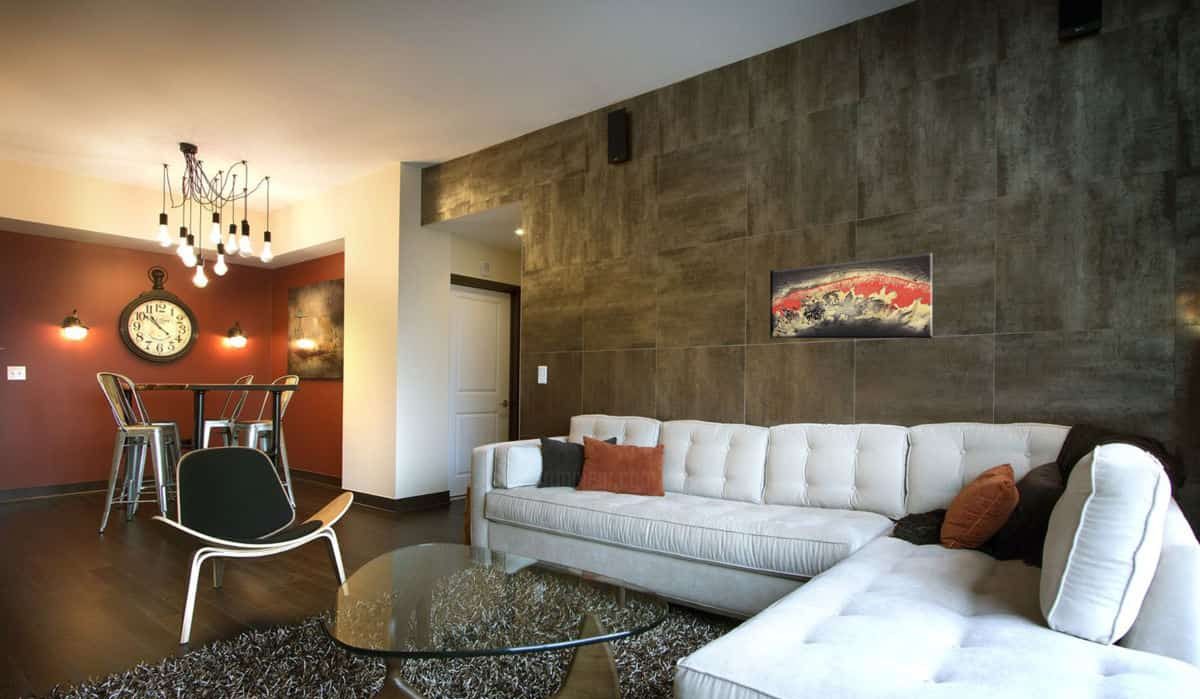
The following tile components are globally accessible
Ceramic and porcelain wall tiles, the two most popular varieties, absorb water at different rates
Typically, porcelain tile absorbs water more slowly, making it excellent for high-humidity environments such as bathrooms
Ceramic tiles are composed of coarser, denser, and more permeable clay than porcelain tiles
As a result of being burned at a greater temperature, they are harder, more durable, and more resistant to damage than non-porcelain ceramic tiles
Red or white clay is frequently burnt in a kiln to make ceramic tiles, which are then glazed to retain their color and design
Ceramic tiles can be used in areas with moderate to moderate foot traffic, however, they should not be installed outside
Ceramic tiles may also be easier to cut than porcelain tiles due to their lower hardness
Subway tile, with a width-to-height ratio of around 2:1, is the most typical glazed tile for wall applications
Glazed ceramic or porcelain tiles are commonly used
In order to manufacture thick, durable, and water-resistant tiles, they are frequently burnt at a high temperature
Glazing enables the use of brighter hues and can also create a surface that resembles glass
It is essential to remember that PEI Wear Ratings for glazed tiles indicate whether or not the tile is ideal for walls
Glass tiles are produced from shards of glass that have been shaped and colored in a uniform manner
Individual tiles and mosaic sets with mesh backing are available
In the kitchen or bathroom, glass wall tiles may be used to create a plain or patterned backsplash
Glass wall tiles are significantly more sturdy, robust, and moisture-resistant than other types of tiles
Because their surface is far less porous than that ceramic tiles, they are among the easiest tiles to clean
These characteristics indicate that they are resistant to the excessive absorption of a variety of pollutants
In addition, they may be used with a variety of different finishing materials, such as marble, granite, wood, and Dutch tiles
A wall may be made more fascinating with a few decorative tiles
Different eras and locations can be successfully represented using tiles with raised or painted patterns
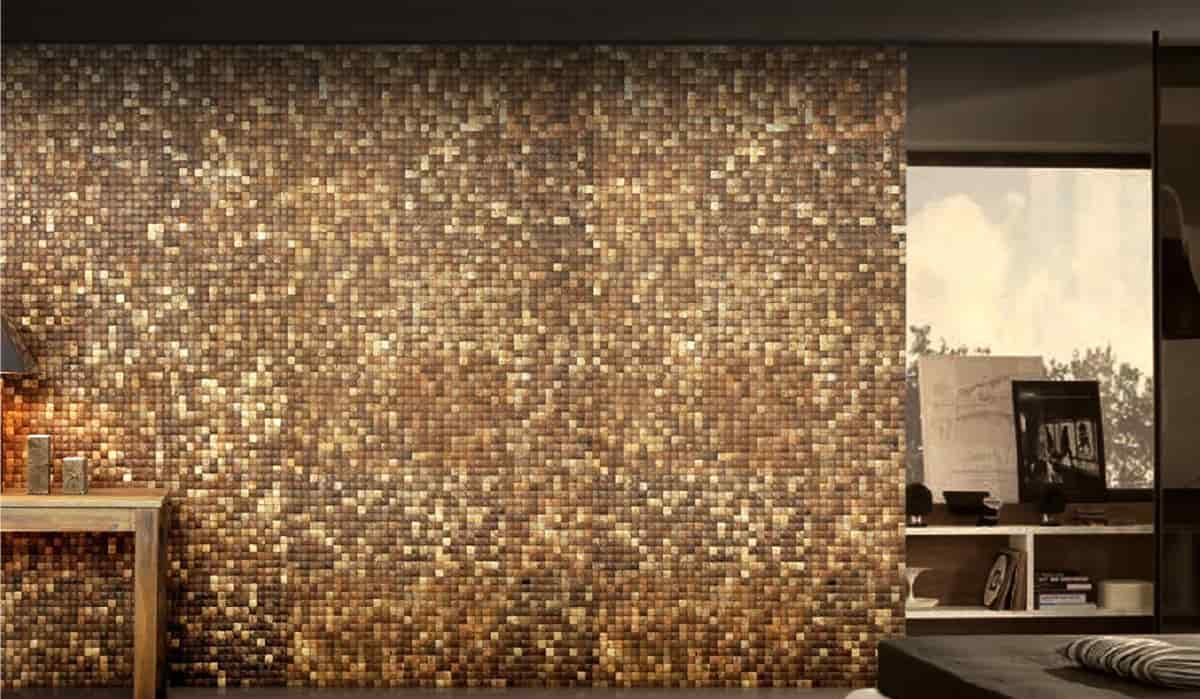
Children and adults alike are fascinated by ceramic tiles that depict animals, plants, or celestial objects
Numerous art tiles, particularly those with painted themes, contain non-vitreous bodies and glazes that are easily scratched
Others are made of sturdier materials, typically those with raised patterns
To determine the durability of the tiles you are considering, consult your tile supplier
Very few art tiles are sturdy enough to be used as flooring or countertops
Glazed ceramic tiles have a smooth, non-vitreous body
Despite the fact that the glaze on wall tiles is less durable than that on floor tiles, it effectively keeps moisture out
Choose a tile with a durable glaze for countertops if the area is susceptible to scratches
There are several color options available
Wall tiles can also be textured to resemble rough stone, cracked with a pattern of tiny cracks, colored differently, or coated to resemble hand-painted artwork
These versions are offered in addition to solid-color, glossy-surfaced tiles
Most wall tiles have coordinating borders and bullnose trim pieces
Utilize tiles of various hues to confidently construct your own pattern
To guarantee that the tiles you purchase are identical in size, however, you should only purchase them from the same manufacturer
Tiny nubs on the sides of the majority of ceramic wall tiles provide an automatic 1/4-inch gap when the tiles are butted together
Tiles that are not self-spacing require a little more work and persistence to install
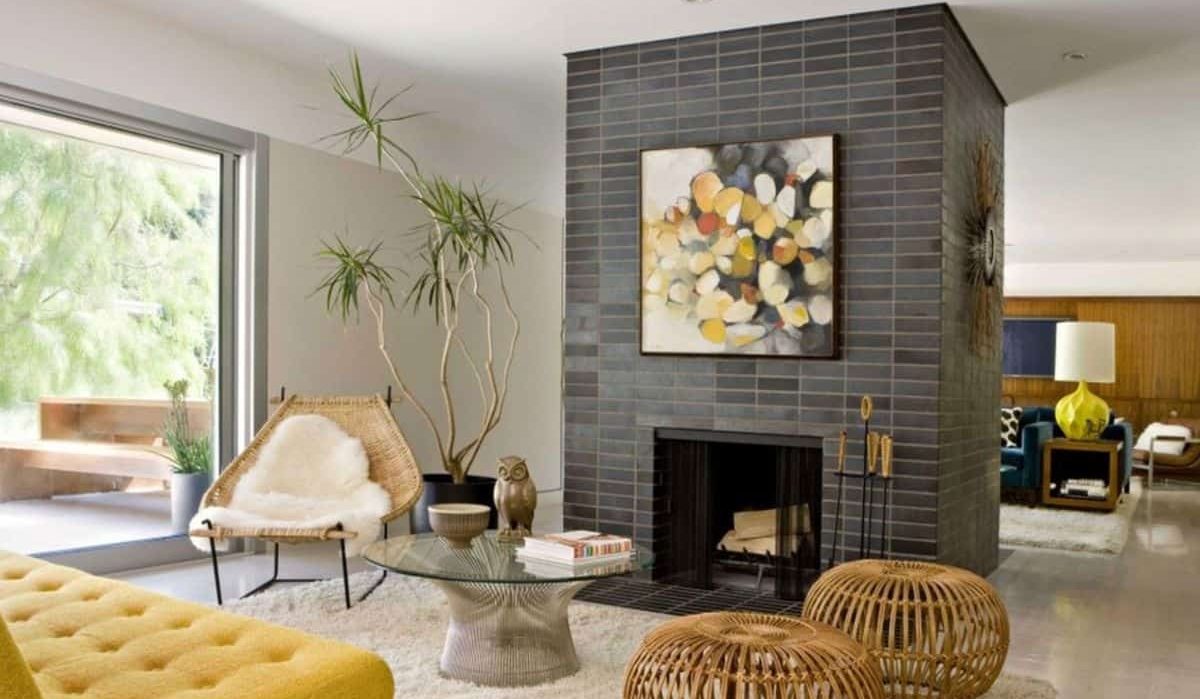
Frequently, mosaic tile patterns consist of microscopic fragments arranged in a pattern or image
A mosaic is an inlay design pattern comprised of tiles less than 22 square millimeters
Each mosaic design is distinct, employing an assortment of materials, hues, and tile shapes
They are available in many sizes, shapes, and patterns, such as square, penny round, arabesque, chevron, and herringbone
Typically, mosaic tiles are utilized for walls and backsplashes
Due to the complexity of cleaning the multiple grout lines, mosaic tile flooring is a rare use
Quarry tile is a hard, impermeable pavement tile constructed from crushed minerals that are formed and fired in a manner similar to that of brick
This unglazed tile offers superior slip resistance and is used both indoors and outdoors
Due to the minerals used and the high firing temperatures, they are typically more durable than clay
In contrast to clay terracotta and ceramic tile, quarry tiles are impermeable, will not absorb water, and lack a top glaze coating
Cleaning quarry tile is tough, which is a downside
The tile size is one of the most significant factors to consider when selecting a tile type for a design
Although there are innumerable possibilities, the vast majority of people adhere to a set of clearly identified standard sizes
As much as the design and finish of your project, the size of the tile you choose may impact its appearance
The square sizes of wall tiles range from 3 by 3 inches to 6 by 6 inches and are thinner
They are less than 2 inches square and can be placed individually for goods such as mosaic tiles
When the tiles in a room are larger, there will be fewer grout lines, resulting in a more streamlined appearance that makes a small room appear larger
Keep in mind that placing larger tiles requires normally more adhesive
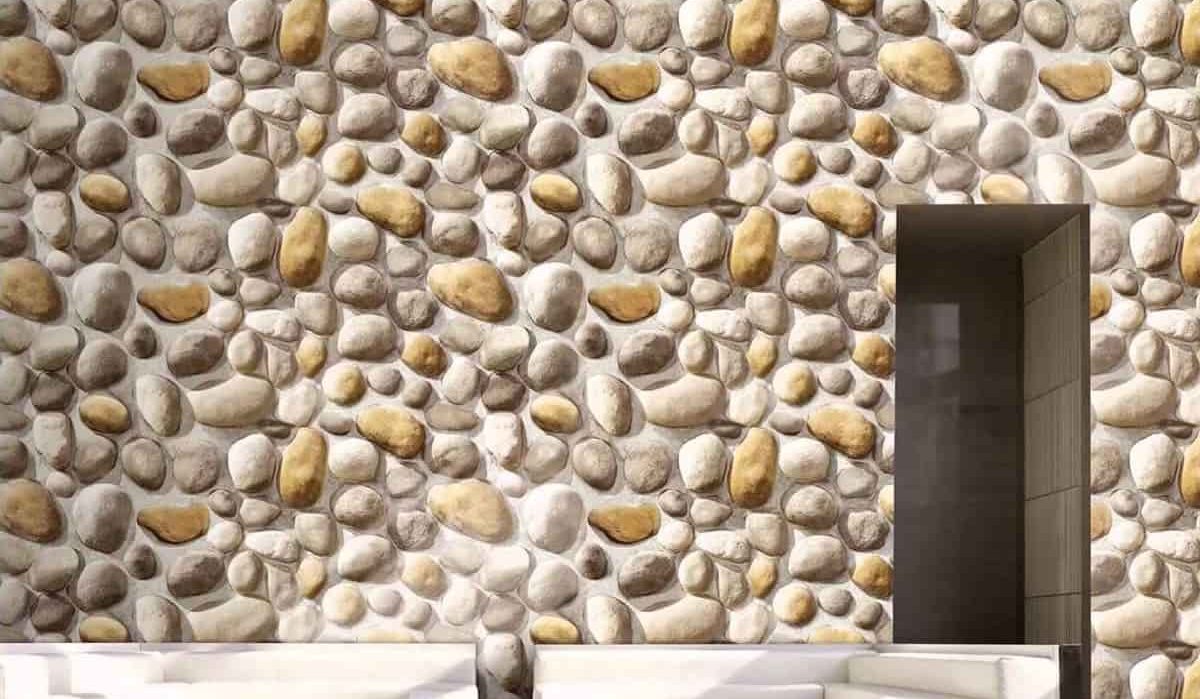
Below are the usual sizes and their purposes
Mosaic tile is most commonly used as backsplashes in the kitchen or bathroom and as a wall tile
The most common materials for mosaics are ceramic, porcelain, and glass, followed by stone and metal
Individual 1-inch by 1-inch tesserae comprises mosaic tile
Typically, twelve rows by twelve columns of mosaic tiles are joined together to form a sheet of mosaic tiles measuring roughly one foot by one foot
Individual mosaic tiles measuring 2 inches square are available both loose and in mesh-bound sheets
The mesh backing that holds the tiles together may be easily removed with a utility knife
Subway tiles are manufactured with a 1:2 aspect ratio and are one of the most often employed types of tiles (height to width)
Actual subway tile proportions are 3 inches tall by 6 inches wide
They are used for shower and tub surrounds, backsplashes in the kitchen or bathroom, and bathroom walls
Although occasionally made of glass or metal, most subway tiles are made of ceramic or porcelain
Plank tiles are typically at least 24 inches long and 4 inches wide
They may be manufactured in sizes up to 12 inches wide
The planks were intended to imitate the thin, long tiles that are commonly used for flooring
In modern homes, plank tiles are widely used for wainscots, backsplashes, and accent walls
Take a tour of our website and contact our sales managers to receive the relevant catalogs

